
views
- Ice your pulled muscle with an ice pack 4-8 times each day for 20 minutes at a time. Do not use or exercise your muscle as it heals.
- Wrap your pulled muscle with an ace bandage to compress the area and reduce inflammation. Then, elevate your muscle whenever you can.
- Prevent pulled muscles by warming up with stretches before you exercise and drinking 8-11 glasses of water each day.
Getting Immediate Relief
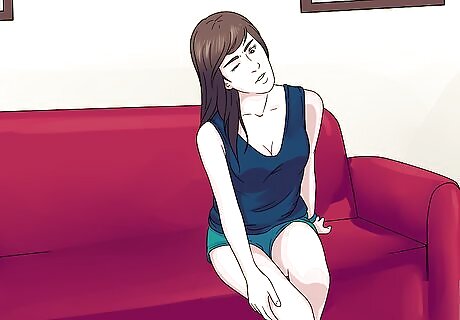
Rest the muscle. When you strain a muscle, stop doing the activity that caused it to be strained. Pulled muscles are actually rips in muscle fibers, and further exertion could cause the tear to grow larger and lead to a serious injury. Let the amount of pain you feel be your guide. If a pulled muscle occurs while you're running or playing a sport, and you have to stop and catch your breath due to the severe pain, the best thing to do is sit the rest of the game out. Take a few days to recover from the pulled muscle before resuming the activity that caused it.
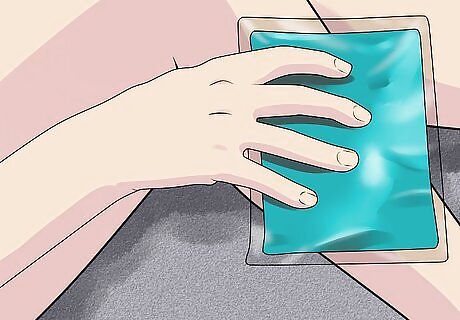
Ice the muscle. Icing the area reduces swelling and helps ease the pain. Fill a large food storage bag with ice cubes. Wrap it in a thin towel, to protect your skin from getting damaged by direct ice. Hold the ice pack to your sore area for 20 minutes at a time 4 to 8 times a day until the swelling has gone down. A bag of frozen peas or another vegetable also works well as an ice pack. Avoid using heat, which won't reduce inflammation caused by a pulled muscle.
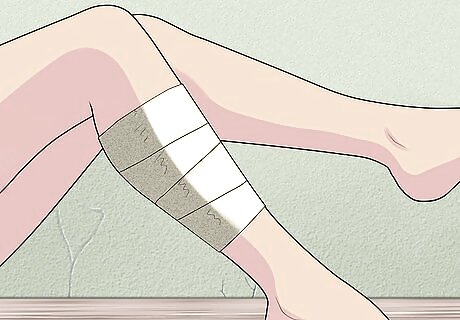
Compress the area. Wrapping the site of the pulled muscle can reduce inflammation and provide support to prevent further injury. Use an ace bandage to loosely wrap your arm or leg. Don't wrap the area too tightly, or you might inhibit circulation. If you don't have an ace bandage, cut an old pillowcase into one long strip and use it to compress the area.
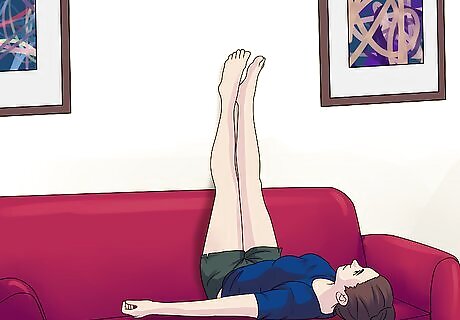
Elevate the muscle. Raising the inflamed area can help the swelling go down and provide it with the proper rest it needs to heal. If you pulled a muscle in your leg, rest it on an ottoman or chair while you're sitting. If you pulled a muscle in your arm, you can elevate it using a sling.
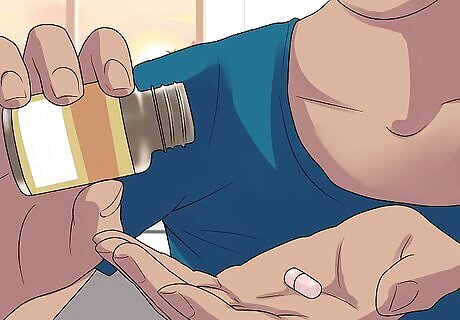
Take a painkiller. Nonsteroidal anti-inflammatory drugs (NSAIDS) such as aspirin or ibuprofen reduce pain and help you move around more easily with a pulled muscle. Be sure to take no more than the recommended dosage, and never give aspirin to children.
Knowing When to Seek Medical Treatment
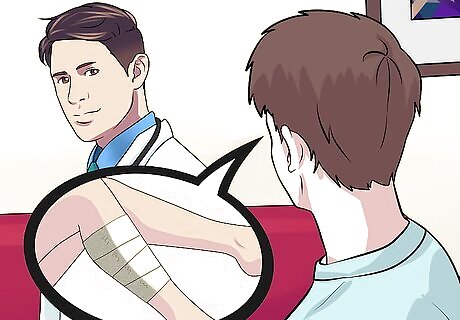
Monitor your pain. Resting the muscles and using ice packs should take care of a pulled muscle within a few days. If you experience severe pain that won't dissipate, see a doctor. You may have a severe injury that needs medical attention. If your doctor determines your injury needs extra care, you may be given a pair of crutches or a sling so that the pulled muscle can rest. Prescription-strength painkillers may also be administered. In rare cases, a pulled muscle requires physical therapy or surgical care.
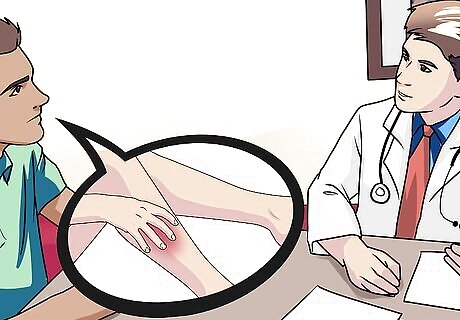
See a doctor if you have other related symptoms. Sometimes muscle pain is related to something besides overexertion. You may think you pulled a muscle during a physical activity, but if you experience these other symptoms at the same time, make an appointment to see a doctor: Bruising Swelling Signs of infection, like itchiness and red, raised skin. Bite marks in the area of soreness. Poor circulation or numbness in the area where the muscle pain is felt.
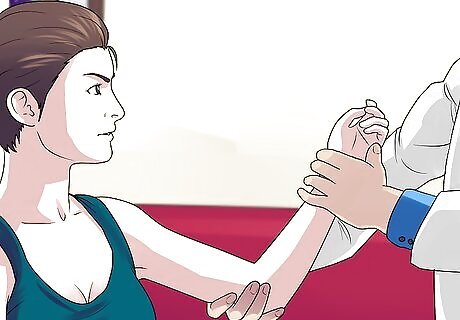
Seek immediate attention if your symptoms are severe. If your muscle soreness is accompanied by any of these severe symptoms, go to the emergency room or immediate care center to find out what's going on: Your muscles feel extremely weak. You have shortness of breath or dizziness. You have a stiff neck and a fever.
Preventing Pulled Muscles from Occurring
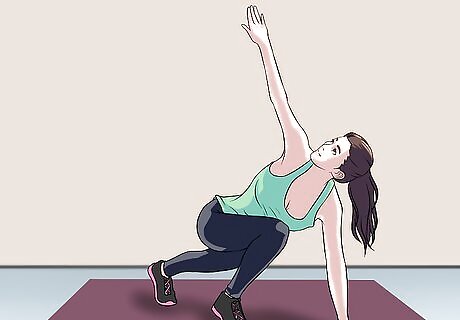
Warm up. Pulled muscles happen when your muscles get overstrained, which can often occur as a result of exerting yourself before you've properly warmed up. Take the time to stretch and get your muscles warmed up before you participate in a physical activity. If you enjoy running, take a light jog before doing sprints or faster running. If you play a team sport, you can jog, play catch, or do light calisthenics before diving into the game. Use a foam roller to stretch out the muscles in your legs, back, and shoulders. This can help you warm up your body better.

Stay hydrated by drinking at least 8-11 glasses of water daily. Dehydration increases your risk of straining your muscles. Make sure you're drinking plenty of water throughout the day, including during your workout. Don't wait until you feel thirsty to drink water, as you're already getting dehydrated by the time you feel thirsty. If you exercise a lot, make sure you're drinking more water. You might also drink sports drinks, since low electrolytes can also increase your risk of pulling a muscle.
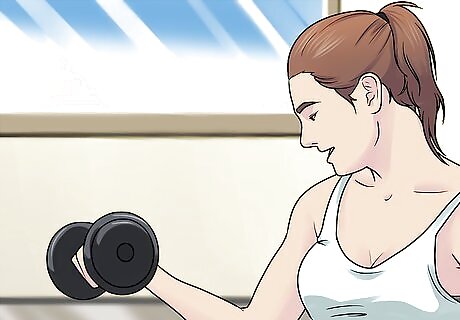
Do strength training. Incorporating weightlifting and other strength training into your exercise routine can help prevent the chance that you'll pull a muscle during an activity. Use free weights at home or work out in the weight room at the gym to build a solid, strong core and keep your muscles limber.
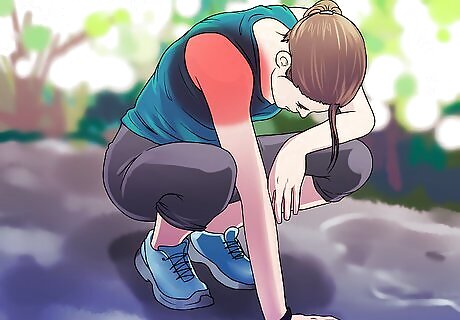
Know when to stop. It's easy to get caught up in the moment when you're doing a physical activity and force yourself to keep going even when the pain in your leg or arm indicates you should stop. Remember that putting more strain on a pulled muscle will only make things worse. If you cause a deeper tear, you may have to sit out for an entire season instead of just one game.











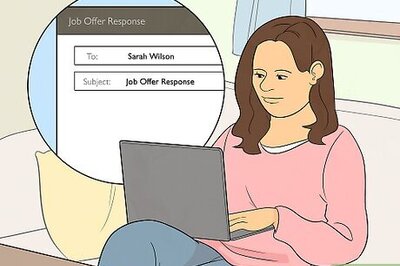
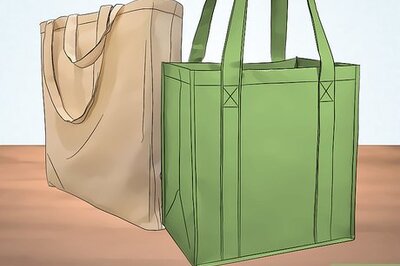

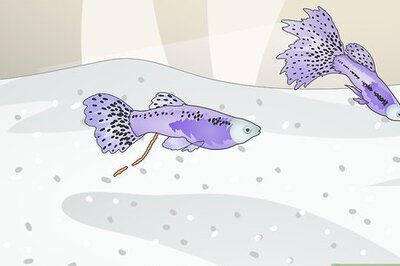


Comments
0 comment